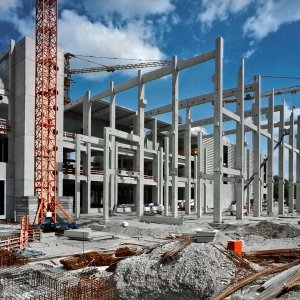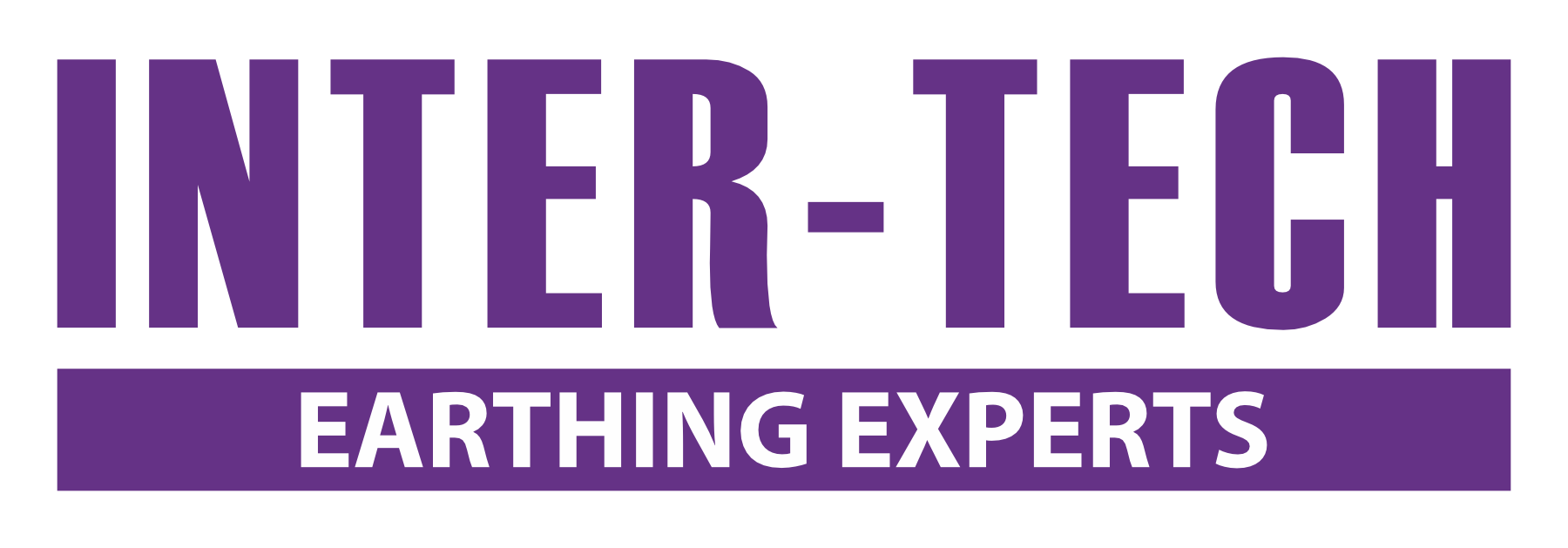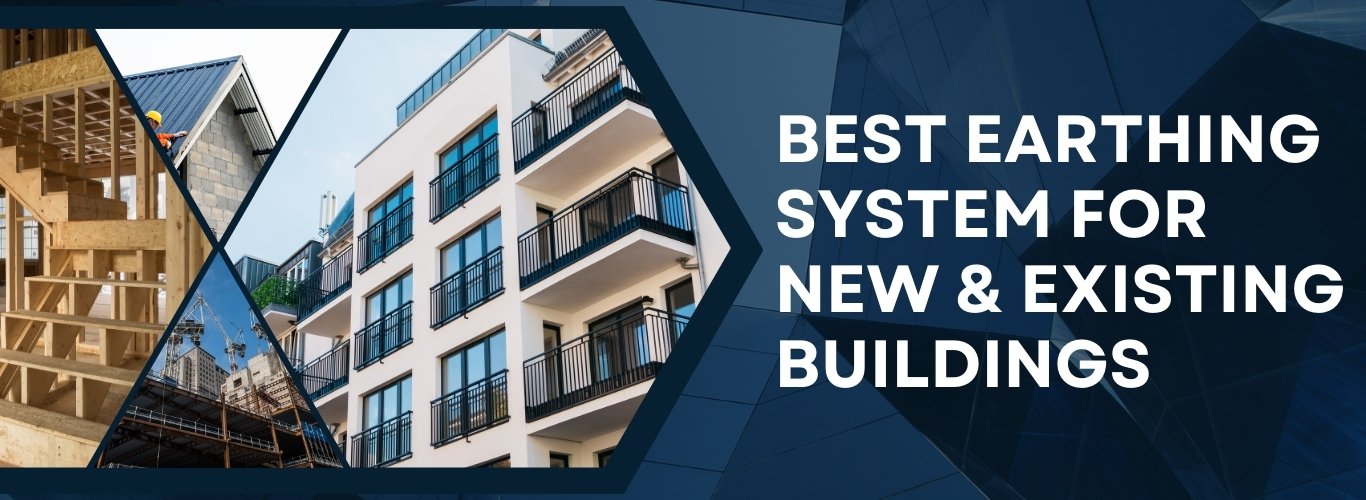Introduction
Earthing or grounding is a fundamental component of electrical safety in both new and existing buildings. The main job of an earthing system is to safely direct extra electrical current into the ground. This helps protect people and equipment from electrical problems and high voltages.
By directing stray electricity away from live parts and ensuring that exposed metal parts remain at earth’s potential, earthing systems play a crucial role in preventing electrical shocks, fires, and damage to sensitive equipment.
Understanding earthing meaning is essential for designing an effective system. An earthing system typically includes various components such as earthing rods, conductors, and grounding or earthing electrodes, all of which work together to ensure safety and reliability.
Properly designed earthing drawings are vital for visualizing and planning the layout of these components to achieve optimal performance.

Technical Factors for New Buildings
– Regulatory Standards for Earthing Systems
When setting up an earthing system for a new building, it’s crucial to adhere to local electrical codes and regulations. These standards define the technical requirements for safe and effective earthing or grounding. Key standards include the International Electrotechnical Commission (IEC) guidelines and the National Electrical Code (NEC), which provide detailed requirements for the design and implementation of earthing systems. Ensuring compliance with these regulations helps in meeting safety standards and avoiding legal issues.
– Soil Conditions and Earthing Performance
Soil resistivity significantly impacts the performance of an earthing system. To design an effective earthing or grounding system, it’s essential to conduct soil resistivity testing. This involves measuring how well the soil conducts electrical current, which influences the choice of earthing materials and design.
Different soil types—such as clay, sandy, or rocky—affect grounding system design differently. For example, clay soils generally offer better conductivity than sandy or rocky soils, which may require additional earthing measures to ensure optimal performance. Detailed earthing drawings can help in planning the layout based on these soil conditions.
– Building Design and Electrical Load Considerations
The type and use of the building play a crucial role in determining the appropriate earthing system. Residential buildings typically have lower electrical loads compared to commercial or industrial buildings, which might require more complex earthing or grounding solutions.
An electrical load analysis helps in specifying the correct earthing system to handle the demands of the building’s electrical infrastructure. For instance, high-load commercial or industrial facilities may need more robust earthing solutions to ensure safety and performance. Effective earthing drawings are essential in visualizing and planning these systems to meet specific requirements.

– Cost and Maintenance of Earthing Systems
It’s important to look at the cost and upkeep needs of different earthing systems to make a good choice. The initial setup cost can vary depending on the type of earthing or grounding system chosen—whether conventional or maintenance-free.
Conventional systems might have lower initial costs but can incur higher long-term maintenance expenses. In contrast, maintenance-free earthing systems, such as Marconite, may have a little higher upfront cost but offer zero maintenance over time.
Balancing these technical aspects helps in choosing a cost-effective solution that provides long-term reliability and safety.
Technical Factors for Existing Buildings
-
Current System Assessment
Evaluating an existing earthing system is essential to ensure it continues to provide effective protection and complies with current safety standards. The assessment process involves several methods to accurately gauge the system’s performance and identify any issues.
-
Resistance Measurements
One of the primary methods for assessing an earthing or grounding system is measuring its resistance. This involves using specialized equipment to determine how effectively the system is grounding electrical faults. High resistance can indicate problems such as corroded connections or insufficient grounding, which need to be addressed to ensure safety.
-
Visual Inspections
In addition to resistance measurements, visual inspections are crucial for identifying physical issues. Inspectors look for damage like rusty wires, loose connections, or worn-out grounding parts. These checks help find problems that might affect how well the grounding system works.
-
Identifying Technical Deficiencies and Performance Issues
During the assessment, it’s important to identify any technical deficiencies that may impact the effectiveness of the earthing system. This could include outdated components, improper installation, or design flaws. Addressing these issues involves referring to detailed earthing drawings and updating the system to meet modern safety requirements.
Overall, a thorough assessment of an existing earthing system helps in maintaining its reliability and safety. By regularly evaluating the system and addressing any deficiencies, you can ensure that it continues to provide effective grounding and protect both people and equipment.
Upgrade Needs: Marconite Earthing for Enhanced Safety
When upgrading an earthing system, whether for a new or existing building, choosing the right technology can significantly enhance safety and performance. Marconite earthing or grounding has emerged as a highly beneficial option, offering several advantages over traditional methods.
Benefits for New Buildings
For new constructions, Marconite Earthing presents a cutting-edge solution that can be integrated from the start. The key advantages include:
- Consistent Conductivity: Marconite uses a specially formulated conductive compound mixed with the soil to create a low-resistance path for electrical faults. This ensures more efficient earthing or grounding compared to conventional systems, which can be especially beneficial in areas with high soil resistivity.
- Compliance and Performance: Marconite earthing systems are designed to meet modern regulatory standards and can be tailored to comply with the latest safety codes. Detailed earthing drawings can help in planning and implementing these systems effectively.
- Zero Maintenance: Unlike regular earthing systems that need frequent upkeep, Marconite earthing systems need no maintenance for up to 50 years. This means lower long-term costs and less disruption in the building’s operations.
Benefits for Existing Buildings
Upgrading to Marconite earthing in existing buildings offers substantial benefits as well:
- Enhanced Safety: Marconite can address deficiencies in older earthing systems by providing a more reliable and effective grounding solution. This is crucial for enhancing safety, especially if the existing system has performance issues or has not been updated to meet current standards.
- Seamless Integration: While upgrading, Marconite earthing or grounding can be integrated with existing systems to improve overall performance. This involves adapting current setups with advanced materials and techniques, as illustrated in updated earthing drawings.
- Cost Efficiency: Although the initial investment in Marconite might be higher, its long-term benefits include zero maintenance and increased reliability. This makes it a cost-effective option over the system’s lifespan, minimizing the need for future upgrades or repairs.
Marconite earthing or grounding offers significant advantages for both new and existing buildings. Its superior conductivity, compliance with modern standards, and low maintenance requirements make it an ideal choice for enhancing the performance and safety of earthing systems.
Whether you’re setting up a new system or upgrading an existing one, considering Marconite can lead to long-term benefits and improved electrical safety.






